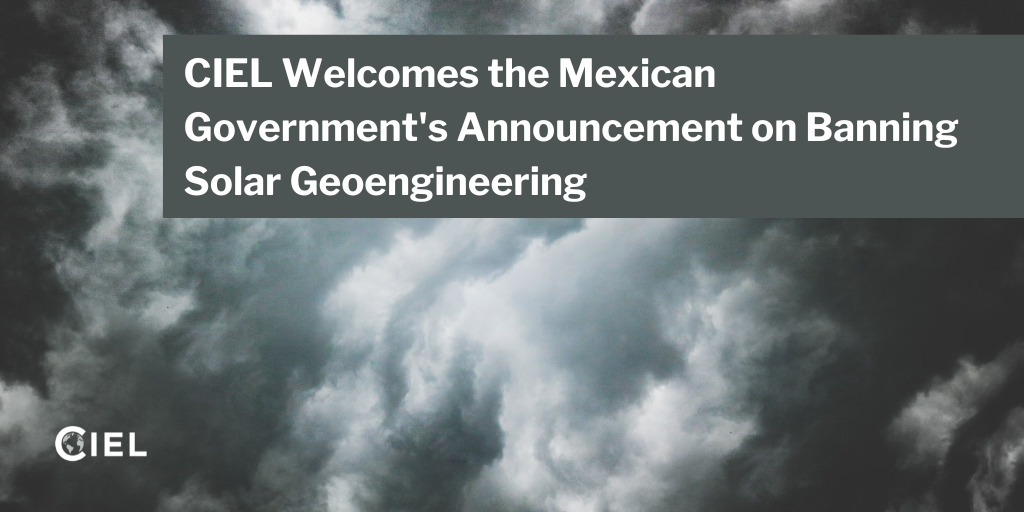In light of recent events, we want to address the concerns raised by the banning of solar geoengineering in Mexico.
What is Solar Geoengineering?
Solar geoengineering refers to the deliberate manipulation of the Earth's climate by reflecting a small portion of the sun's energy back into space. This is achieved by using large-scale mirrors or by injecting reflective particles into the upper atmosphere.
Why was Solar Geoengineering Banned in Mexico?
The Mexican government has recently banned the use of solar geoengineering, citing concerns over the potential risks and uncertainties associated with the technology. The decision was made after two weather balloons were released into the atmosphere to test the effectiveness of solar geoengineering. The results of the experiment were inconclusive, and the potential consequences of such large-scale interventions were deemed too risky.
The Risks and Uncertainties of Solar Geoengineering
The risks and uncertainties associated with solar geoengineering are significant. There is a lack of scientific consensus on the effectiveness of the technology, and its potential long-term effects on the Earth's climate are still unknown. Moreover, there is the potential for unintended consequences, such as changes in precipitation patterns or the depletion of the ozone layer.
The Need for Further Research
Despite the concerns raised by the Mexican government, many scientists believe that further research into solar geoengineering is necessary. The technology has the potential to mitigate the effects of climate change, particularly in areas where reducing greenhouse gas emissions is not enough. However, any research into solar geoengineering must be conducted in a responsible and transparent manner, with a clear understanding of the potential risks and benefits.
Free Speech and Alternative Media are under attack by the Deep State. We need your support to survive.
Please Contribute via GoGetFunding



